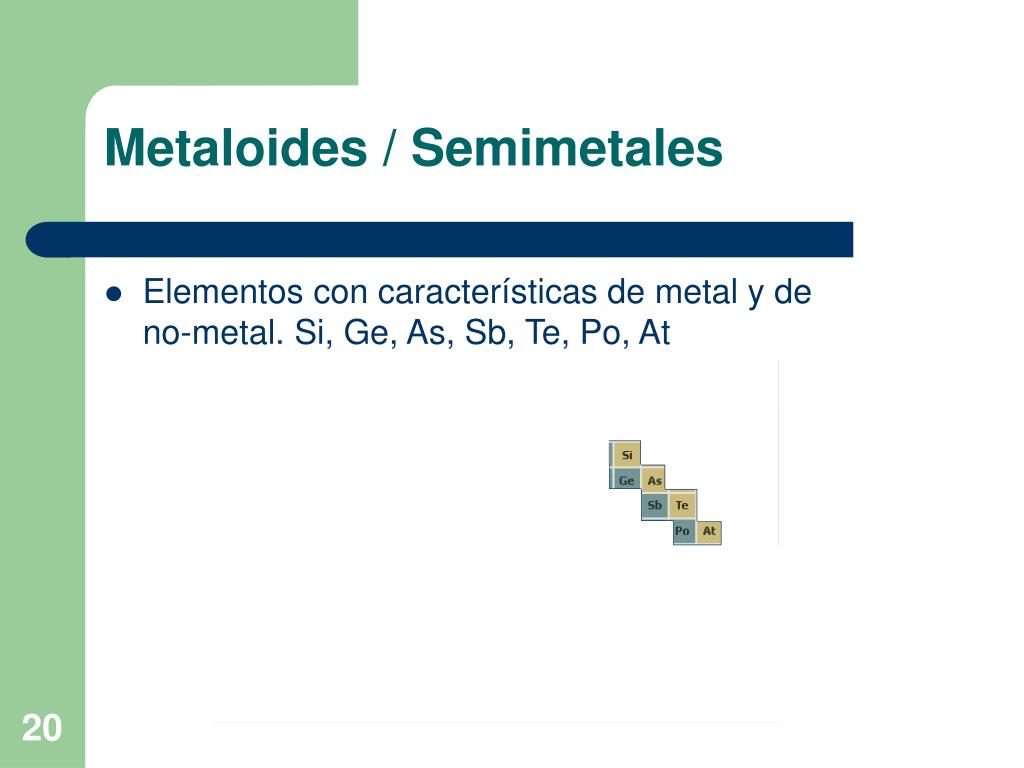

(iii) Lead is known not to form an iodide, PbI 4.īalance the following equations in basic medium by ion-electron method and oxidation number methods and identify the oxidising agent and the reducing agent. (ii) Lead(IV) chloride is highly unstable towards heat. (i) Lead(II) chloride reacts with Cl 2 to give PbCl 4. Rationalise the given statements and give chemical reactions : Recently Viewed Questions of Class 11 Chemistry (ii) Determine the molality of chloroform in the water sample. The level of contamination was 15 ppm (by mass). What will be its density at STP?Ī sample of drinking water was found to be severely contaminated with chloroform, CHCl 3, supposed to be carcinogenic in nature.

What mass of CaCO 3 is required to react completely with 25 mL of 0.75 M HCl?ĭensity of a gas is found to be 5.46 g/dm 3 at 27 ☌ at 2 bar pressure. Which one of the following will have largest number of atoms?Ĭalcium carbonate reacts with aqueous HCl to give CaCl 2 and CO 2 according to the reaction,ĬaCO 3(s) + 2 HCl (aq) → CaCl 2(aq) + CO 2(g) + H 2O (l) (iii) 100 atoms of A + 100 molecules of B In a reaction A + B2 → AB2 Identify the limiting reagent, if any, in the following reaction mixtures. (d) Cr 2O 7 2– + SO 2(g) → Cr 3+ (aq) + SO 4 2– (aq) (in acidic solution)ĭetermine the empirical formula of an oxide of iron which has 69.9% iron and 30.1% dioxygen by mass. (c) H 2O 2 (aq) + Fe 2+ (aq) → Fe 3+ (aq) + H 2O (l) (in acidic solution) (b) MnO 4 – (aq) + SO 2 (g) → Mn 2+ (aq) + HSO 4 – (aq) (in acidic solution) (a) MnO 4 – (aq) + I – (aq) → MnO 2 (s) + I 2(s) (in basic medium) (iii) 2 moles of carbon are burnt in 16 g of dioxygen.Ĭalculate the wavelength of an electron moving with a velocity of 2.05 × 10 7 ms –1.īalance the following redox reactions by ion – electron method : (ii) 1 mole of carbon is burnt in 16 g of dioxygen.

is 3.0 × 10 –25 J, calculate its wavelength.Ĭalculate the amount of carbon dioxide that could be produced when

The mass of an electron is 9.1 × 10 –31 kg. Thus, its atomic number is 54 + 7 + 2 + 1 = 64. Its electronic configuration is 54 4 f 7 5 d 1 6 s 2. It belongs to group 3 of the periodic table since all f-block elements belong to group 3. It is an f –block element as the last electron occupies the f–orbital. (iii) Since n = 6, the element is present in the 6 th period. Hence, the element is Titanium ( 183d 24s 2. Therefore, it is a 4 th period and 4 th group element. = Number of s–block groups (4s 2) + number of d–block groups (3d 2) Thus, the corresponding group of the element It is a d–block element as d–orbitals are incompletely filled. (ii) Since n = 4, the element belongs to the 4 th period. Hence, the element is Sulphur ( 103s 23p 4) Therefore, the element belongs to the 3 rd period and 16 th group of the periodic table. = Number of s–block groups (3s 2) + number of d–block groups ( 10 + number of p–electrons(3p 4) There are four electrons in the p–orbital. It is a p–block element since the last electron occupies the p–orbital. (i) Since n = 3, the element belongs to the 3 rd period.


 0 kommentar(er)
0 kommentar(er)
